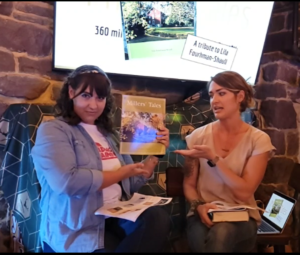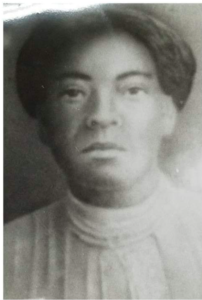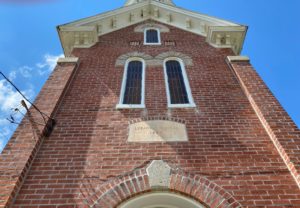Prime Time for understanding York County history
Mansion House, King’s Mill
Kings Mill Road between Grantley Road and South Penn Street, York
The situation
A moment of perfect timing waits York County at mid decade.
Let’s tell the story this way:
Four major anniversaries in history + Opening of historic sites = Prime time for York County history lessons
So we have York County’s 275th anniversary in 2024 and the 250th anniversaries for the Declaration of Independence, Articles of Confederation and Treaties with France in 2026 to 2028. And you could add in the 250th of the opening of Camp Security, British POW Camp, 2031.
There are other major anniversaries in there, too: the 100th anniversary of the Strand Theatre and Yorktowne Hotel in 2025, for example.
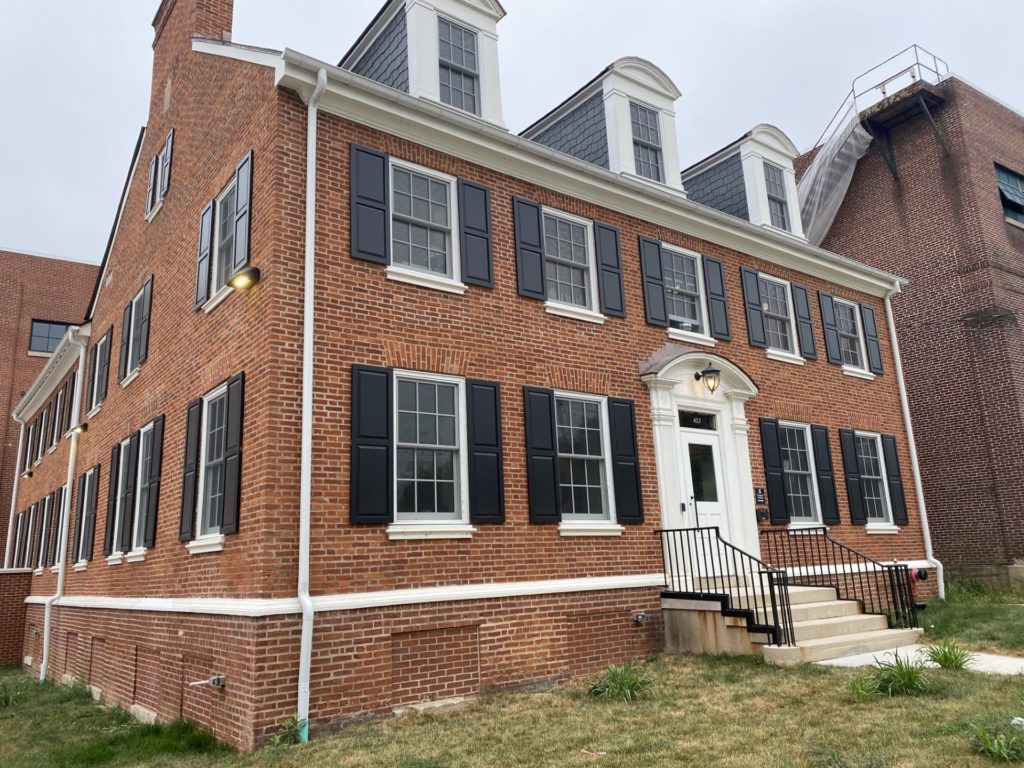
Anniversaries events provide more than milestones. They mark community checkpoints. For example, the 250th anniversary of York city in 1991 featured something perhaps unprecedented – a Black history component. Wm. Lee Smallwood’s booklet “York at 250” was published, as was Jean Downs’ calendar of sites important to the Black community.
Smallwood’s introduction included this memorable statement in its introduction:
“A great history reflects the greatness of a people. It is their reputation chiseled in time to speak of why they are and what they are capable of. There is no future for a people who deny their past. If you don’t know who you are as a people, you don’t know who you are as a person.”
Wm. Lee Smallwood in ‘”York at 250.”
In 1999, the York County Honors Choir and the opening of the York County Rail Trail from the Maryland Line to York City were among the lasting products of the 250th celebration of York County.
Three years later, organizers of the 225th anniversary of the adoption of the Articles of Confederation in York sought to reframe York County’s link to the American Revolution. They sought to go beyond the groundless “First Capital” marketing slogan in place for 40 years. The emphasis was on explaining the Articles and putting the foundational document on a proper footing as America’s first constitution. The “Nine Months in York Town” campaign also explored all aspects of the Continental Congress’ nine-month stay in York plus to full American Revolution. Past anniversaries tended to target the drafting and adoption of the Articles.
Surely, the confluence of anniversaries and an array of openings and improvements in museums, parks and historic buildings will represent a highlight later this decade.
So here’s a question: How is it that all these historical/cultural projects are coming together this decade (or at least since 2018)?
Clearly, the COVID solitude gave leaders and residents throughout York County a chance to think and plan for their organization and community. And no doubt Gov. Tom Wolf was aware of county projects that were in the bid for state funding. Further, you could argue that boomers, facing retirement, are looking to do one last project.
In York County, there’s still a strong fiber seeking community good, in wake of the passing of the Greatest Generation – or maybe because of their passing.
And the attention on history and culture that the anniversaries will bring represent a peg for some organizations to bring their projects to completion.
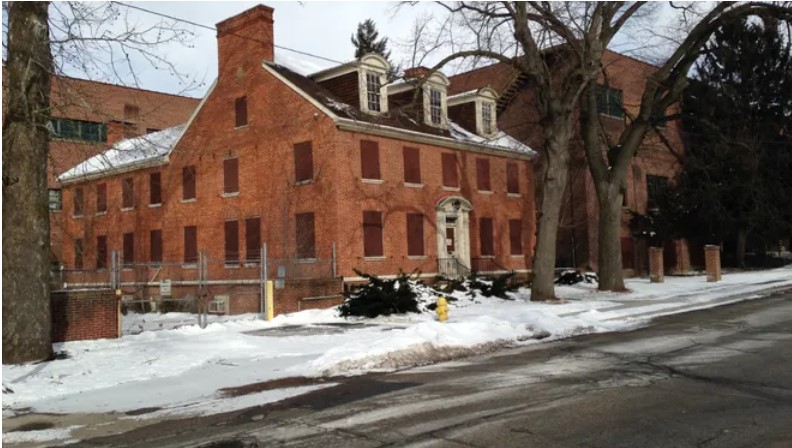
We asked York County Economic Alliance’s Silas Chamberlin, facilitator of the YoCo STRONG Recovery Task Force in the pandemic era who also holds a doctorate in history, for his thoughts about why these projects are coming together in such a batch.
He generally agreed with our observations about why so many projected have been completed in the past five years or are posted on the drawing board in the next 10.
He provided additional thinking:
- I think some of these projects are finally moving from longstanding plans into actual progress because of a paradigm shift underway in the perceived relationship between quality of place and economic vitality. The old artificial bifurcation between investing in place and investing in the economy has slowly faded, and I believe—and hope—that more county residents, civic leaders, and elected officials now see investing in parks, trail, greenways, open space, cultural amenities, the arts, and historic preservation as part of our economic strategy. That doesn’t mean those sectors don’t have value in and of themselves, but recognizing the relationship between quality of place and economic imperatives such as talent and business attraction and retention allows those sectors the opportunity to be seen as critical infrastructure. As such, we have started to invest in them like we do our other critical infrastructure through programs like the Redevelopment Assistance Capital Program (RACP), the Local Share Account (gaming funds), and with federal CARES and ARPA funds. I think it’s very telling that when our County Commissioners received federal pandemic recovery funds through CARES and ARPA, they chose to invest heavily in arts and cultural organizations and in specific quality-of-life projects. Not every county did that. In fact, York County became a statewide (and even national) leader in recognizing that these funds should support the creative, cultural and outdoor sectors as part of our pandemic recovery. And in turn, it allowed many projects to gain enough capital to move from the drawing board to fruition.
- And it was crucial to have a governor who believes in this paradigm shift. There’s no way to overstate the influence of having Governor Wolf serving in office for two terms and helping to direct more than $169 million in Redevelopment Assistance Capital Program funding to projects across the county, which in turn leveraged an additional $461 million in private investment. Not all of those projects have strong ties to history, culture and sense of place, but many do, including York County History Center, Crispus Attucks, Mifflin House, Hanover Trolley Trail, Codorus Greenway, Logos Academy expansion, Knowledge Park, Yorktowne Hotel, Glen Rock Ruins Hall, Appell Center improvement, etc. Would some of those projects have happened without Governor Wolf? Maybe. But they would have taken much longer and required much more local financial support, and a few would not have gotten off the ground. And our legislative delegation has been right there supporting these investments and advocating for funding for their priorities, which includes many of the same projects.
- A major factor is the coalescence of our philanthropic community. The Powder Mill Foundation, Warehime Foundation, Glatfelter Foundation, York County Community Foundation, Kinsley Foundation and others have been directly engaged in almost all of these projects on this list. The investment from the state in these projects would be impossible without our foundation community stepping up (sometimes behind the scenes) to provide the necessary funding to match public investment, provide the soft costs that state grants don’t fund, and otherwise make high-level investments at critical moments. Most communities are lucky if they have one major foundation that periodically doles out funds. York County has several high-functioning foundations that regularly invest millions of dollars in these projects. In the last few years, they have collaborated more closely than ever before, and the results has been numerous strategic investments to bring stalled projects to reality. Much of that coordination is thanks to having Michael Hady directing the Powder Mill Foundation, leading by example.
- This one I struggle to articulate, but I think it comes down to having the right people in the right places. You correctly point out that we have lost a number of longstanding community and business leaders, but we also are fortunate to have so many of the right people in prominent roles who just want to get things done. Perhaps one silver lining in the loss of so many leaders has been the opportunity for a new generation to rise to the occasion and assume new forms of leadership. Folks that have found ways to get things done despite it looking very different than the leadership of a couple decades ago. As you point out, the civic pride is still there and incredibly strong. In fact, I think the civic pride is much more inclusive and engaging of our whole community than it ever was. That scares some people, but I think it gives added impetus to the work underway.
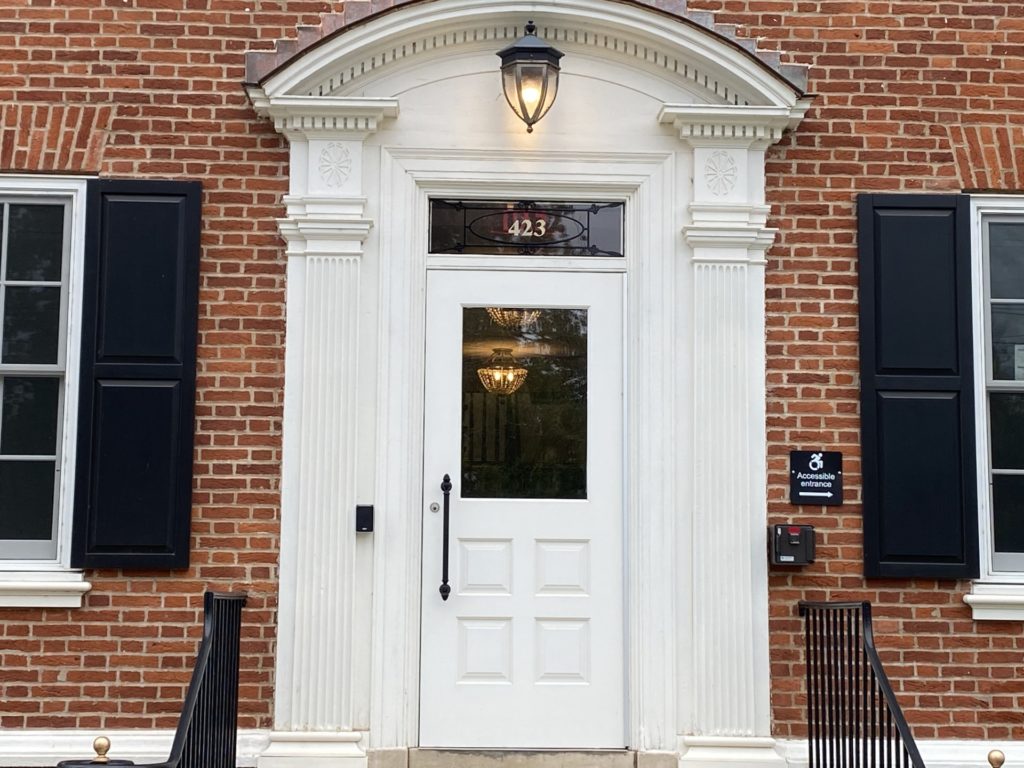
The witness
Past and present projects: A sampling of history/cultural projects completed in the past 5 years, ongoing projects and buildings saved with the intent of restoration:
- Historic York leases the 18th-century Strickler House from the county, with an eye toward making this Springettsbury Township structure the organization’s headquarters.
- Logos Academy created an upper school, incorporating a restored vintage car dealership as part of the campus.
- The Yorktowne Hotel is renovated and open to the public with its 100th anniversary in 2025 in view.
- The Appell Center underwent another round of renovations, a process of transformation, that began about 1980, and is looking toward the 100th anniversary of The Strand Theater in 2025 and the reopening of the Capitol in 2027.
- Hanover Area Historical Society’s Museum opens in the carriage house of the Warehime-Myers mansion, the organization’s headquarters.
- The 27-mile York County Heritage Rail Trail is completed from the Maryland Line to Rudy Park. The rail trail initially reached York in 1999, the 250th anniversary of York County.
- The first phase of the Heart of Hanover Trails wayside markers is completed, first phase.
- Fundraising completed for City Cemetery (potter’s field) monument in North York.
- Hanover’s McAlister Hotel is developed into market rate apartments, with a restaurant and coffee shop.
- Lebanon Cemetery restoration well underway and work extended to other Black cemeteries.
- Farquhar Park Allen/Schaad memorial, signage, beautification underway, with plans for erection of new memorials and signage.
- Ongoing New York Wire Works renovations into art studios, galleries and retail maker’s space.
- Hellam, Martin and Red Lion libraries are renovated.
- Susquehanna Heritage’s River Discovery tours initiated aboard the vintage “Chief Uncas.”
- Statue of 19th-century freedman and entrepreneur William C. Goodridge unveiled.
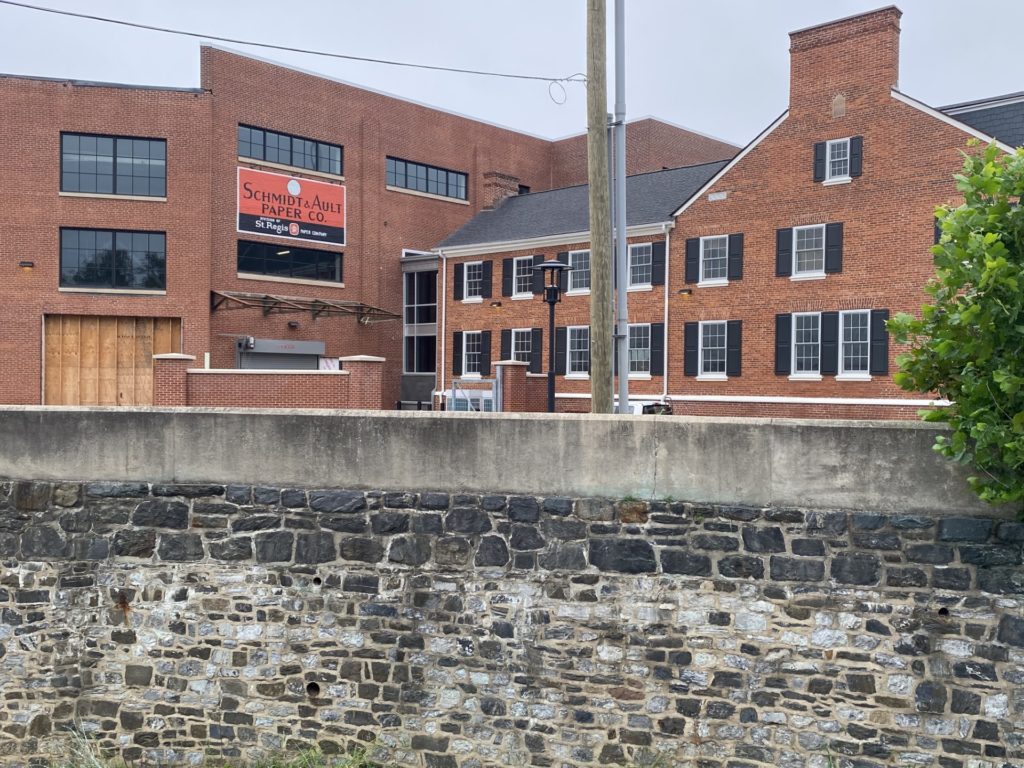
+++
Projects slated for completion: And here is a sampling of projects in the queue for the 2020s, many due for completion mid-decade in time for the anniversaries:
- Smithsonian exhibit of pioneering photographer Glenalvin Goodridge’s work.
- Restoration of the Mifflin House, its barn and farm into a Susquehanna welcome center and Underground Railroad interpretive site.
- Monument to be installed in North York’s City Cemetery (potter’s field) monument.
- York County History Center’s museum, library and headquarters in the old Met-Ed steam plant on West Philadelphia Street.
- Crispus Attucks York’s History and Culture Center on its South George Street campus.
- Codorus Greenway improvements to a 1.4-mile stretch of Codorus Creek in York, including a West Bank/Creekside Trail.
- An outdoor monument or installation about the Articles of Confederation, adopted in York. Referenced as the “Hard Bargains” project.
- Improvements at Glen Rock’s Ruins Hall, the Glen Rock Mill Inn and other Trail Towns projects.
- Improvements to Susquehanna Riverlands State Park, one of Pennsylvania’s newest state parks.
- Improvements in the Hellam Hills preserve (Wizard Ranch) and other Lancaster Conservancy holdings
- Operations analysis and capital needs assessment, Hanover Market House.
- Work on Dillsburg end of South Mountain Trolley Greenway using former rail rights of way.
- Archaeological findings and visitors access regarding the stockade site at Camp Security, British POW camp in the American Revolution.
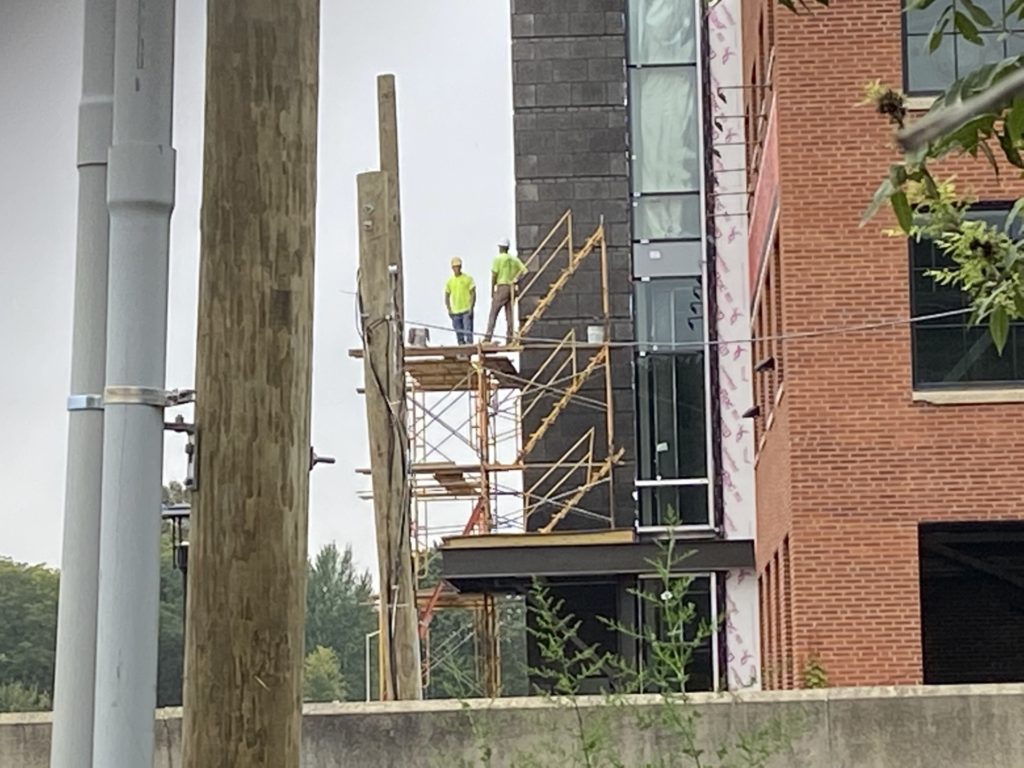
- Restoration of the fire-damaged farmhouse at the Horn Farm Center in Hellam Township.
- Additional openings on the Hanover Trolley Trail, using rail rights of way between Hanover and York.
- Restoration of 1866-vintage Penn Market using state and local funds.
- Relocation/restoration of Spring Grove’s circa 1750 Hoke House.
- Restoration of vintage Glen Theatre into community center.
- York College’s Knowledge Park and Manor House completion and other Penn Street investment.
- Susquehanna River Veterans Memorial Bridge improvements.
- Phased improvements to Wrightsville Riverfront Park.
- Possible reuse of Hanover (State) Theater.
- Erection of German-style distillery, Eichelberger Distillery, at Dill’s Tavern.
- Ongoing restoration of three Welsh quarrymen cottages in Delta/Peach Bottom.
- Broadband infrastructure extended to and enhanced countywide.
The questions
We’ve celebrated dozens of history projects underway in this article. They are worthy of support, and we look forward to their completion. However, one could criticize these endeavors as “economically inviable.” For example, investing tens of thousands of dollars into a history site with relatively limited patronage could be seen as a waste of money, particularly world in which digital exhibits are increasing in popularity. What would you say to this criticism? To what extend do you agree or disagree?
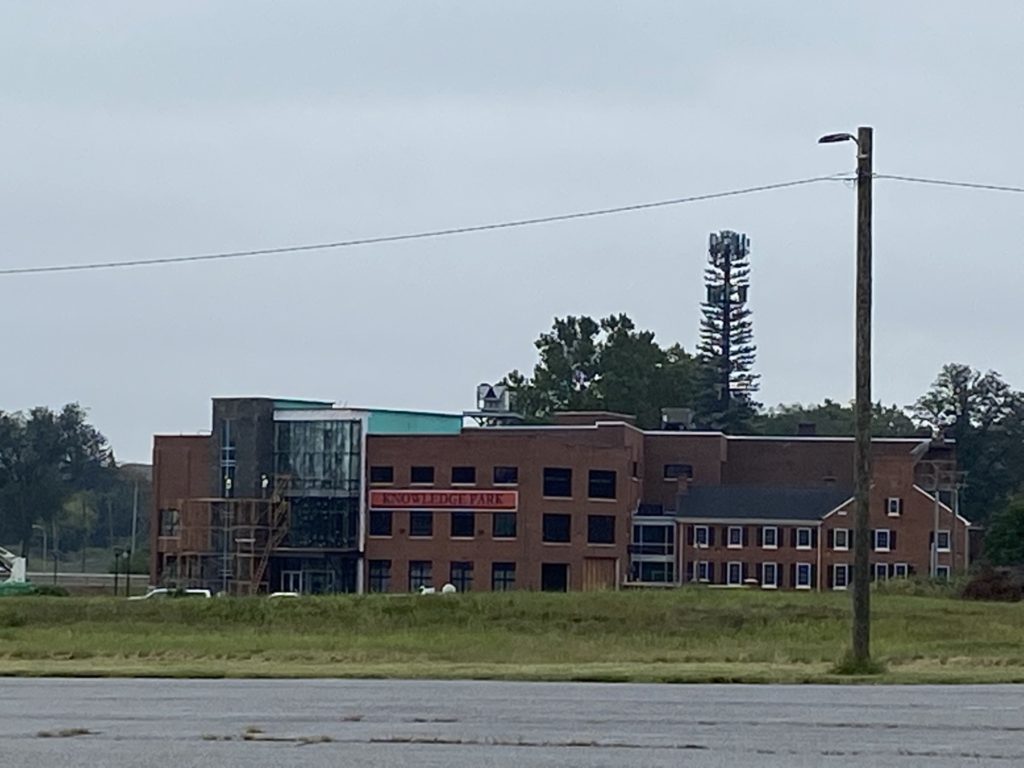
Related links and sources: York County in American Revolution: Three big anniversaries. Three chances to learn. These key projects would boost quality-of-life in York County (ydr.com), Big, important York County history, cultural projects picking up steam (ydr.com) How old Kings Mill buildings point to the future (ydr.com). John C. Schmidt’s “The Mill, My Life in Paper.” Top photo, York Daily Record. All other photos, Jim McClure
— By JAMIE NOERPEL and JIM McCLURE

